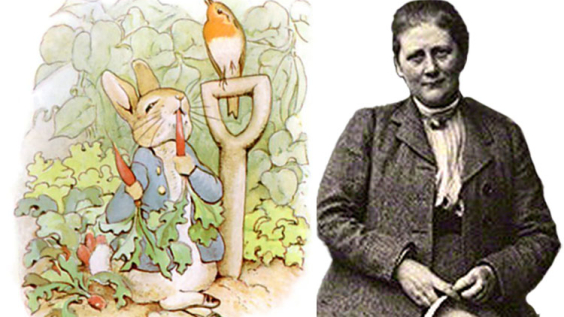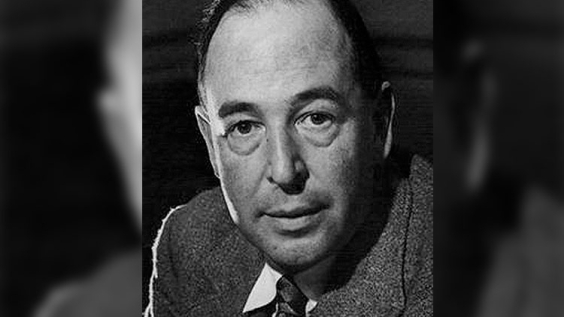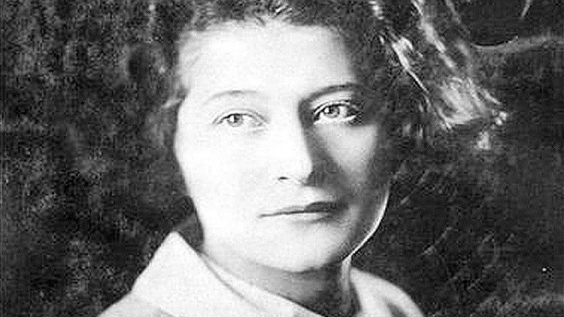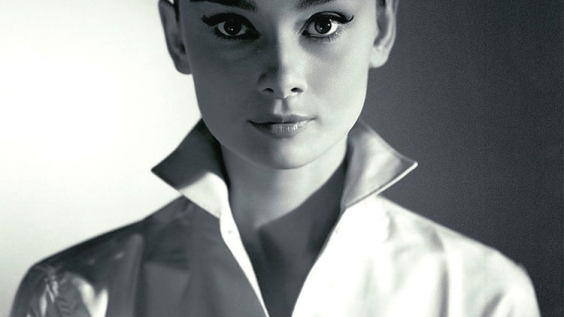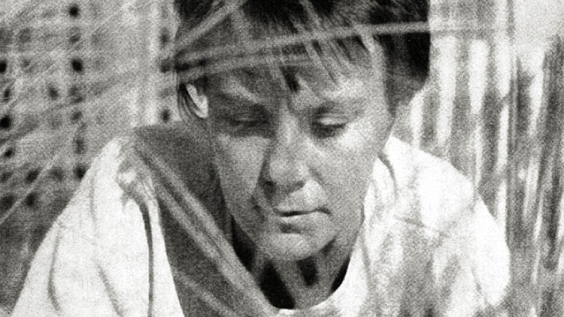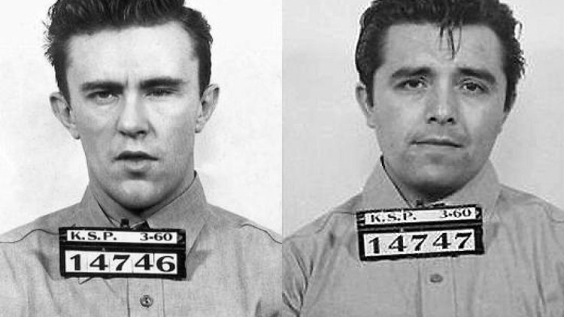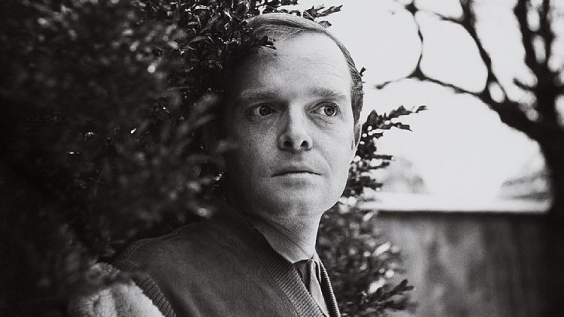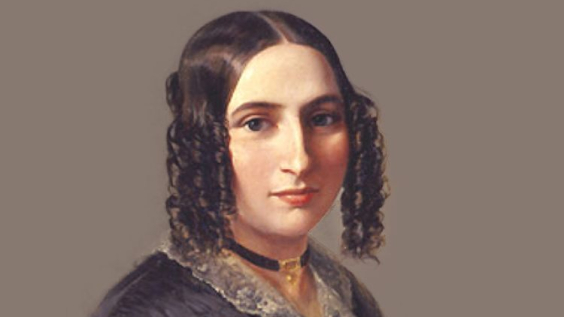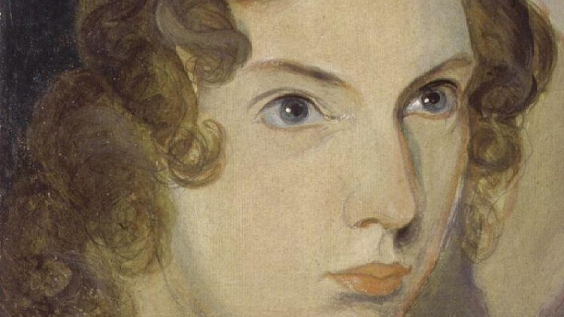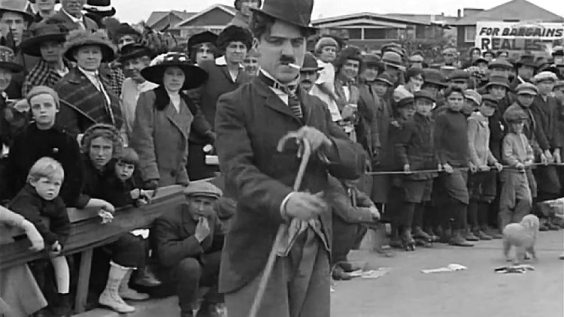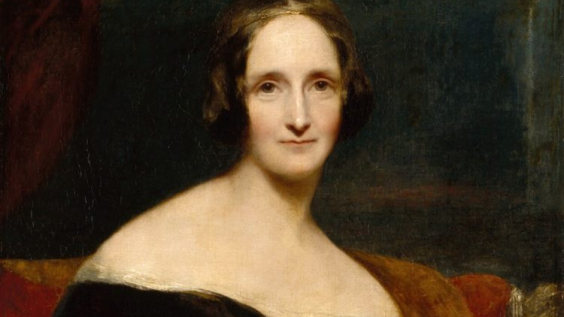
With her rallying cry of ‘We Can Do It!’, Rosie the Riveter is the star of one of the most enduring images of World War Two. An important cultural figure used to represent the tireless contributions of women to the United States war effort, she has not only come to symbolise American patriotism and camaraderie, but also female strength and solidarity.
Yet contrary to popular belief, the vibrant poster we most associate with Rosie did not plaster the walls of America’s factories, businesses and public spaces during the war, and for half a century remained largely unknown.
Who exactly was Rosie the Riveter, and how did she become the global cultural icon she is today?
‘Working for victory’
While today many would recognise Rosie the Riveter as a singular character from the ‘We Can Do It!’ poster, the idea of Rosie existed as a wider emblem in American wartime society.
Created in 1942, Rosie first hit the public eye (or ears) in a song written by Redd Evans and John Jacob Loeb aptly titled Rosie the Riveter. It opened with:
All the day long, whether rain or shine
She’s a part of the assembly line
She’s making history, working for victory
Rosie, brrrrrrrrrrr, the riveter
Performed by The Vagabonds, the jolly tune, patriotic lyrics and playful ‘riveter’ noises served a similar purpose to the poster Rosie is often connected to. Namely, to foster a sense of community and boost morale, but also to encourage women to join the war effort as more men left to fight.
Images of women in factories, known as Rosies, began to be disseminated throughout America via government posters and commercial advertising, taking on a number of different appearances and characteristics. Similar female characters also emerged alongside Rosie the Riveter, such as ‘Wendy the Welder’ and a particular Canadian wartime icon known as ‘Ronnie, the Bren Gun Girl’.
The effect was significant. By 1944 the number of working American women grew from 12 million to 20 million, a 57% increase from 1940.

A ‘Rosie’ putting rivets on an Vultee A-31 Vengeance in Nashville, Tennessee in 1943
Image Credit: Public Domain, via Wikimedia Commons
An icon is born
So when and where did the ‘We Can Do It!’ poster come from? Following the Japanese attack on Pearl Harbor in 1942, the US government began a scramble to increase the production of war goods across the country. As the workforce struggled under this weight, tensions between management and labour unions bubbled, and company directors began commissioning artworks to foster morale and pro-war sentiment amongst their workers.
Messages of ‘Keep ‘Em Firing!’ and ‘United We Win’ were soon plastered across the walls of US factories. In 1942, J. Howard Miller was commissioned by manufacturing company Westinghouse Electric to create a series of posters depicting their workforce.
Among these was the ‘We Can Do It!’ poster, created to boost female worker morale and foster a sense of community amongst the workers of Westinghouse Electric. Featured as part of a series of posters mostly including men, the ‘We Can Do It!’ image was seen on the walls of Westinghouse Electric’s factories for just 2 weeks in February 1943 before disappearing into obscurity.
For the rest of the conflict it remained relatively unknown, and would do so for almost half a century.
 Listen Now
Listen NowThe reinvention of Rosie
It was not until 1981 that the poster resurfaced in a Washington Post Magazine article about patriotic artwork kept in the National Archives.
The poster soon grew in popularity and was employed with particular vigour in the feminist movement of the 1980s, as women found strength in Miller’s Rosie. In 1994 it made the cover of Smithsonian magazine, and in 1999 the US Postal Service created a stamp based on the image.
As the popularity of the poster grew, so did the public’s desire to know who the real Rosie was. In 1994, the mystery appeared to be solved when Geraldine Hoff Doyle came forward as the inspiration behind the poster.
She had seen both the poster and a photograph depicting a similar-looking female worker from the time, and innocently recognised herself in both. Doyle soon became known as the ‘real’ Rosie the Riveter, as numerous sources repeated her claims, cementing them as truth.
Who was the ‘real’ Rosie?
However, in 2015 it was revealed that the subject of the photograph was in fact Naomi Parker Fraley. Four years earlier, Fraley had seen the photograph of herself at a wartime reunion, and noted that the caption incorrectly stated Doyle’s name. She contacted the venue to inform them of their mistake and was thanked for the correction, however found further attempts to set the historical record straight rebuffed.

1942 photograph of Naomi Parker
Image Credit: Public Domain, via Wikimedia Commons
It was not until 2015 that the truth would be widely known, when university professor James J. Kimble came across an original copy of the photograph labelled ‘Naomi Parker’ while researching the iconic poster.
The photograph was taken in 1942 when Fraley was 20 years old and working on aircraft assembly in Alameda, California, and was published in the Pittsburgh Press where Miller may have seen it. Though there is no written confirmation from Miller on who inspired his poster, Kimble believes that Fraley is the most likely candidate.
Nevertheless, while the mystery of the most famous Rosie may be solved, the mere idea of Rosie the Riveter encompasses a much wider group of women. Women who joined the war effort in what many had believed was a ‘man’s job’. Women who worked tireless hours in munitions factories alongside their friends and sisters. Elinor Otto, known as the ‘Last Serving Rosie the Riveter’, who built airplanes until the age of 95.
And in later years, women who boldly fought for equal rights in the home, workplace and wider society, finding new meaning in the galvanising cry: ‘We Can Do It!’
 Listen Now
Listen Now


